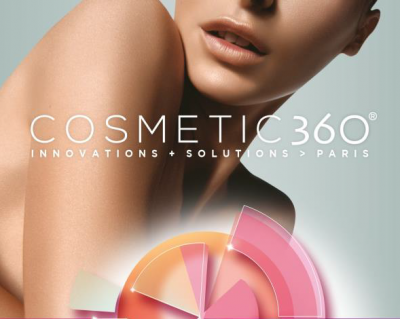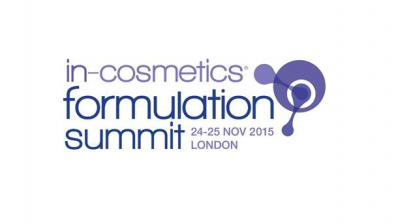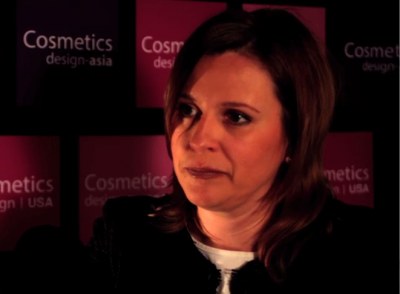Will neuro-cosmetics be the next big trend?

Cosmetics Design spoke exclusively to Belinda Carli, who is the director of the Institute of Personal care Science, and one of the first industry experts to pick up on this trend.
We began by finding out when this trend first started to emerge and what it is all about.
“The neuro-cosmetics trend is relatively new– these have only come out in the last 12-18 months with some of the most exciting launches in the last 6 months,” said Carli.
“These types of materials work on a neurological level to elicit ‘feel good’ chemicals that then prolong cell life and/or regulate inflammatory responses. The visible results include anti-ageing benefits and increasingly reduced sensitivity to products along with a healthier skin ‘glow’.”
Ingredients that already target this trend
Carli pointed out that examples of ingredients that tap into this trend include raw material launches such as HappyBelle (Mibelle AG Biochemistry, 2014), Bosexil (from Indena, 2014), Neurodermine (from Matriscience, 2015) and Mariliance (from Soliance, 2015).
So what has bought this trend about? Why are consumers suddenly interested in cosmetic products that go that one step further?
“Consumers are increasingly look to ‘balance’ their busy lives; and at the same time, an increasing number of consumers are looking at the chemicals they use as causes of inflammation and sensitivities. The general trend of consumers toward wellbeing has obviously inspired raw material suppliers to provide materials that can provide ‘well-being’ to the skin!,” explained Carli.
Explaining why consumers are looking for this and what trends it all taps into is a bit more complicated, but Carli believes that such ingredients can help give cosmetic products a leading edge.
“The hardest part about marketing a product containing these materials will be in the marketing story. For example, cosmetic products are not able to make physiological claims, even about the activity of the ingredients, so while these materials also provide anti-aging, moisturising and skin protection benefits, marketing personnel will have a hard time explaining how they do this compared to other actives because of their activity.”
Secret to success may be down to effectiveness
But Carli believes that it is the effectiveness of these ingredients that could be the real game changer for consumers.
“Consumers will however see dramatic differences in their skin when using it, the least of which will be reduced sensitivities, wrinkle reduction and an overall rejuvenated and ‘glow’ appearance to the skin. That is what these well-being substances do: promote overall ‘wellness’ of the skin, although how marketing teams are going to tell this story in a compliant manner will be their biggest challenge.”
Predicting what type of products these type of ingredients might end up in is more difficult, but it is not surprising that one of the biggest trends in the industry, anti-aging, is likely to be a prime candidate.
“I can see the easiest path to market will be through focusing on anti-aging products for the normally very sensitive skin user – they have the biggest challenges normally when trying to find highly active skin care that provides them with visible results without irritation,” Carli said.
“Neuro-cosmetics, because of the way they work, are particularly suited to sensitive skins by reducing the normal inflammatory response to elicit visible anti-ageing and skin improvement results. Once these consumers start seeing the results and benefits of using products incorporating this science, these materials will pick up traction in the market and it will be an easier marketing story to communicate.“
The next logical step for wellbeing and sensory
To anyone involved in the formulation arena, the prospect of, at the very least, putting this trend on your radar is essential, but Carli believes that neuro-cosmetics are the next logical step in the move towards wellbeing and the sensory.
“Since an increasing number of consumers are reporting some type of chemical sensitivity, I can see Neuro-cosmetics becoming ‘staple’ additions to skin care formulations as they not only reduce sensitivities on application, but with repeated use they can build up inflammatory resistance and ‘feel good’ results over time to reduce overall sensitivities. The end result for consumers is less sensitivities in general, visibly smoother skin and less wrinkles and a healthier, more radiant complexion. Definitely a trend to watch.”




















